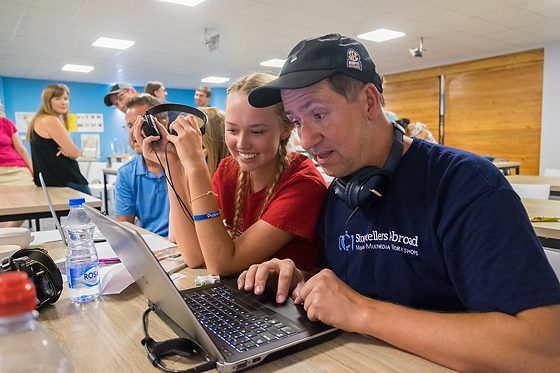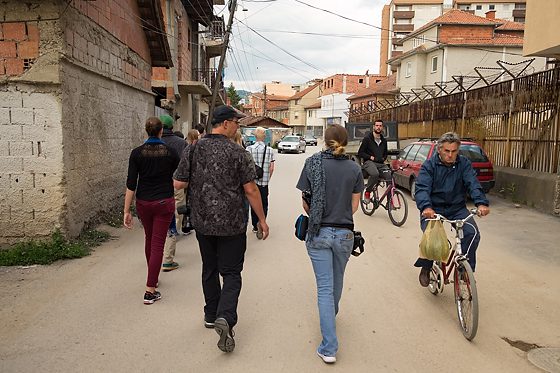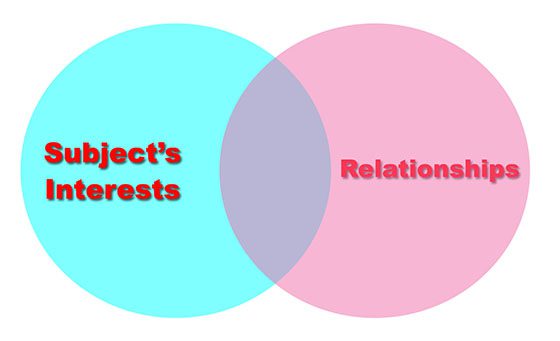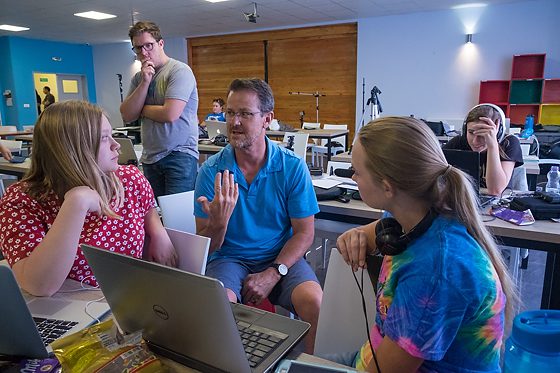Fuji X-E2, 18-55mm, ISO 6400, ƒ/4, 1/18
Yesterday I was studying Hebrews 11. As I was reading all the examples of those who had great faith, it struck me that they did not have the scripture as Jews, Christians, or Muslims have today.
Now faith is confidence in what we hope for and assurance about what we do not see. This is what the ancients were commended for.
Hebrews 11
The chapter continues using the examples of Abel, Enoch, Noah, Abraham, Isaac, Jacob, and Sarah.
All these people were still living by faith when they died. They did not receive the things promised; they only saw them and welcomed them from a distance, admitting they were foreigners and strangers on earth.
They had an extraordinary relationship with God. They knew God and God knew them. They seemed to walk together through life.

What is interesting to me is the phrase “By Faith” used to introduce each of them. This is quite different than saying “By Confidence.”
Faith is always a gift from God and never something people can produce. In short, “faith” for the believer is “God’s divine persuasion” – and therefore distinct from human belief (confidence), yet involving it. The Lord continuously births faith in the yielded believer so they can know what He prefers, i.e., the persuasion of His will.

Throughout scripture, faith is always received from God and never generated by us. In many ways, this is what Christians would believe is the Holy Spirit working through us. It is also what many would say is how God works on the hearts and minds of those who are not believers.
Understanding that God gives Faith makes it much easier to read this scripture and understand it was only with God’s intervention that Abraham could have offered his son in sacrifice.
When God tested him, Abraham offered Isaac as a sacrifice by faith. He who had embraced the promises was about to sacrifice his one and only son, even though God had said to him, “It is through Isaac that your offspring will be reckoned.” Abraham reasoned that God could even raise the dead, and so in a manner of speaking, he received Isaac back from death.
The more I read and study the concept of faith, the more I see that it is something that comes from a relationship with God.
“For by grace you have been saved through faith; and that not of yourselves, it is the gift of God; not as a result of works, so that no one may boast”
Ephesians 2:8-9:

To run my business by faith would require me to be called by God to be in this business. It requires me to yield to his will and to take time each day to be in a relationship with God. Without the connection, there can be no faith. I must allow God to speak to me and be willing to listen.
Are you living by faith if you feel called to the profession you are doing today? I cannot tell you the five steps to living by faith because faith is given by God and not something we can produce.
We can carve out time today to be with God. We can read the scripture and live by his commandments. We can seek to know his will.
This, to me, is why I love Jesus so much. This one scripture keeps it simple for me.
36 “Teacher, which is the greatest commandment in the Law?”
Matthew 22:36-40
37 Jesus replied: “‘Love the Lord your God with all your heart and with all your soul and with all your mind.’ 38 This is the first and greatest commandment. 39 And the second is like it: ‘Love your neighbor as yourself.’ 40 All the Law and the Prophets hang on these two commandments.”







































































